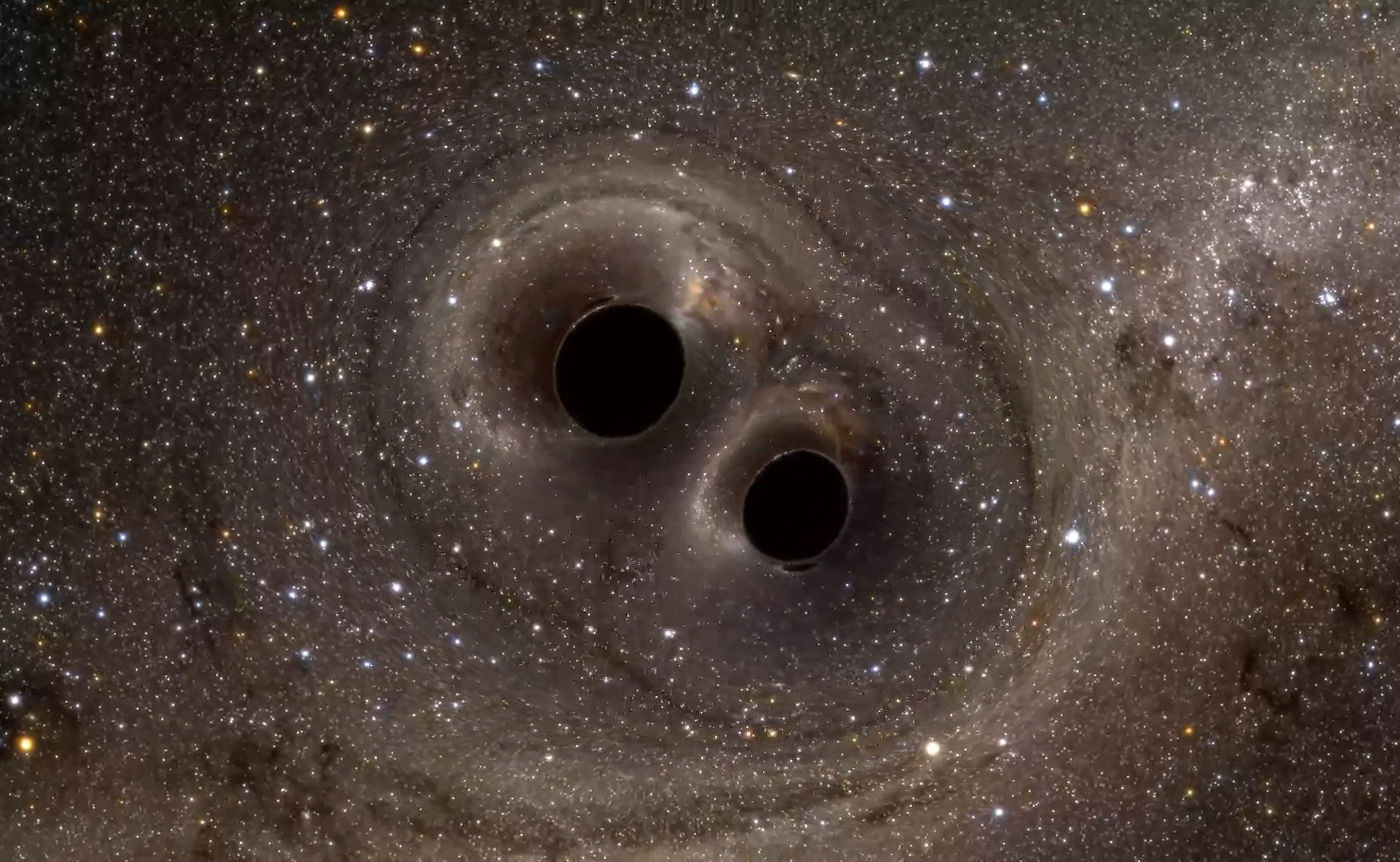
Modern astronomers are getting closer to solving the mystery of the origin of the most massive and ancient black holes in the Universe.
Thanks to the data obtained during observations using the James Webb Space Telescope (JWST), scientists have gathered irrefutable evidence that black holes of extremely large size existed in the young Universe.
Although black holes cannot be seen, astronomers study quasars, ultra-bright objects powered by supermassive black holes. When material falls into such black holes, it is compressed and releases a huge amount of energy, making quasars the most powerful engines in the Universe.
The oldest known quasar existed when the Universe was only a few hundred million years old. This raises the question of how such supermassive black holes could have formed in the early stages of the Universe, given that the known mechanism of black hole formation associated with the death of massive stars produces black holes with a mass only a few times greater than the mass of the Sun.
A team of astronomers from the University of California, Los Angeles and the University of Tokyo suggests that tiny black holes may have played a key role in this process. According to their study, it is likely that the process of forming supermassive black holes began with tiny black holes that existed in the early seconds after the Big Bang.
Under the conditions of high intensity of physical processes at that time, the cosmos created countless small black holes formed from the foam that filled space-time. Although most of them have long since disappeared, some have survived to this day.
These small black holes, by evaporating and emitting radiation, could provide the necessary amount of heat to keep giant gas clouds from fragmenting into stars, allowing them to slowly collapse into supermassive black holes.
This study not only provides a possible explanation for the origin of the earliest black holes, but also demonstrates how simple physical processes interact in unexpected ways in the early Universe.

